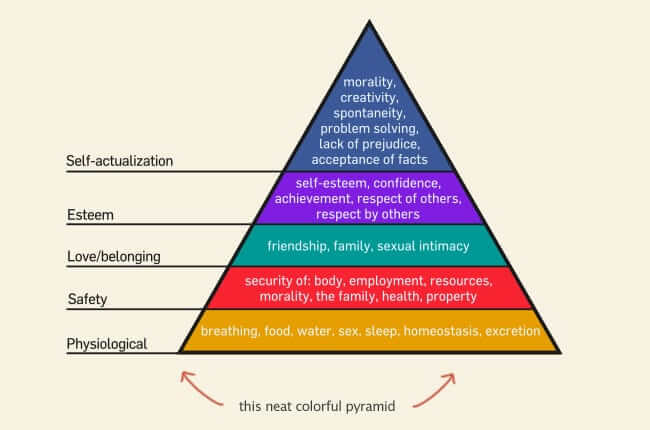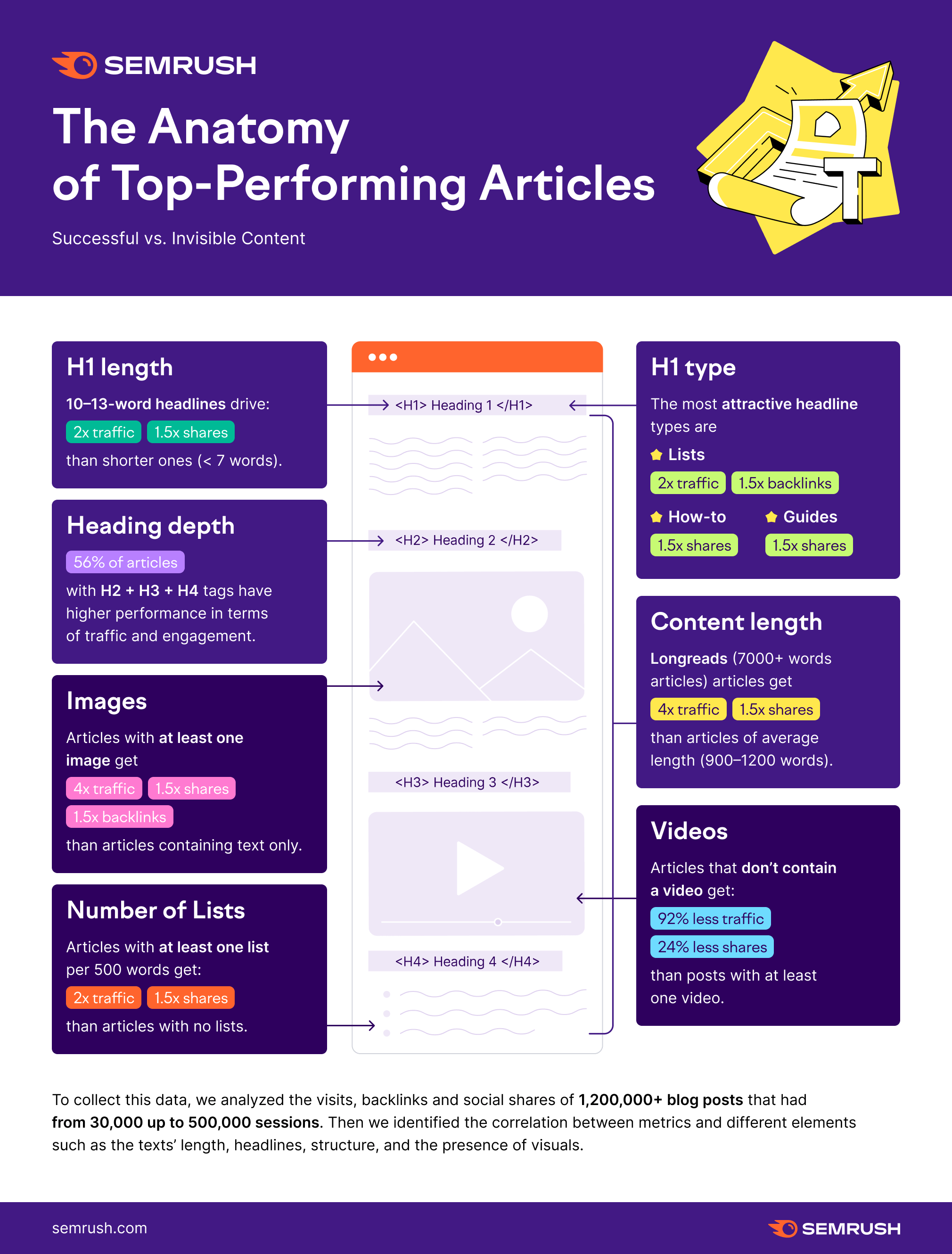SHARE

In today’s digital age, where information is shared at a rapid pace, one question remains ever-present in the minds of content creators: What makes an article share-worthy?
What is it about certain pieces of content that capture the attention of thousands, even millions, of people? In this article, we will dive deep into the world of viral content and explore the factors that contribute to its success.
Understanding the concepts, anatomy, psychology, and strategies behind viral content can unlock the secrets to creating engaging and shareable articles.
 Understanding the Concept of Viral Content
Understanding the Concept of Viral Content
Before we can decode the success of viral content, it’s essential to first understand what exactly it is. Viral content refers to any piece of media, whether it’s an article, video, meme, or image, that spreads rapidly and extensively across the internet.
It captures the attention of a large audience and is shared, liked, and commented on by users across various social media platforms.
But what makes certain content go viral while others remain unnoticed? The answer lies in the science behind viral content.
The Science Behind Viral Content
At its core, viral content taps into the human psychology of connection and curiosity. It triggers an emotional response in the viewer, whether it’s through humour, awe, anger, or surprise.
When people come across content that evokes strong emotions, they are more likely to engage with it and share it with others.
Think about the last time you stumbled upon a hilarious video or an inspiring story. Chances are, you couldn’t resist sharing it with your friends, family, or followers. This emotional engagement makes people want to share the content, thus perpetuating its viral nature.
Moreover, viral content often carries a sense of novelty or uniqueness. People are naturally drawn to things that are out of the ordinary or unexpected.
When they encounter content that breaks the mould or challenges their preconceived notions, they are compelled to share it to spark conversations and debates.
Additionally, the element of relatability plays a significant role in the virality of content. People feel connected when they come across something that resonates with their own experiences, beliefs, or values. This connection motivates them to share the content with others who might share similar sentiments.
The Role of Social Media in Content Virality
Social media platforms play a crucial role in the spread of viral content. They act as the catalyst that amplifies the reach and impact of the content.
Sharing, liking, and commenting on content increases its visibility and contributes to its overall virality.
When a user shares viral content on their social media profile, it becomes accessible to their entire network of friends and followers. This network effect allows the content to reach a wider audience, increasing the likelihood of it going viral.
Furthermore, social media platforms provide the perfect breeding ground for viral content to thrive. The algorithms these platforms use are designed to prioritise content that generates high levels of engagement. This means that the more people interact with a piece of content, the more likely it is to be shown to others.
Moreover, social media platforms offer features such as hashtags, trending topics, and sharing options that facilitate the discovery and sharing of viral content.
These features enable users to easily find and distribute content that aligns with their interests, further fueling its virality.
It’s worth noting that content virality is not solely dependent on social media platforms. Other factors, such as the timing of the content’s release, its relevance to current events, and the influence of key individuals or communities, also play a significant role in determining its viral potential.
Viral content is a fascinating phenomenon that relies on the interplay between human psychology, emotional engagement, and the amplifying power of social media.
 The Anatomy of a Share-Worthy Article
The Anatomy of a Share-Worthy Article
Now that we have a basic understanding of viral content, let’s explore the key elements that make an article share-worthy.
But before we dive into the specifics, let’s take a step back and appreciate the power of a well-crafted article. In today’s digital age, where information is abundant and attention spans are short, creating content that stands out from the crowd is no easy feat.
However, with the right ingredients, an article can become a viral sensation, spreading like wildfire across social media platforms and captivating readers from all corners of the internet.
Key Elements of Viral Content
A share-worthy article captures the reader’s attention from the very beginning. It has a strong, attention-grabbing headline, a captivating introduction, and a well-structured body that delivers valuable information.
But what sets a share-worthy article apart from the rest? It’s the ability to strike a chord with the reader, to make them feel something beyond the words on the screen. This emotional connection compels readers to hit that share button and spread the article to their friends, family, and followers.
Additionally, a share-worthy article incorporates eye-catching visuals, such as images or videos, to enhance the overall reader experience. These visuals break up the text and add an extra layer of engagement, making the article more memorable and shareable.
Furthermore, a share-worthy article goes beyond just providing information. It offers a unique perspective, a fresh take on a familiar topic, or an in-depth analysis that leaves the reader craving more.
By delivering valuable insights and thought-provoking ideas, the article becomes a valuable asset that readers want to share with others.
The Importance of Emotional Engagement
Emotional engagement is a critical aspect of share-worthy articles. Whether humour, inspiration, or empathy, articles that evoke strong emotions are more likely to resonate with readers and prompt them to share the content with others.
Think about it – when was the last time you read an article that made you laugh out loud, brought tears to your eyes, or ignited a fire within you?
These emotional experiences are what make an article memorable and share-worthy. They create a lasting impression on the reader, making them more likely to remember and share the article with their social circle.
Sharing-worthy articles create a sense of connection and relatability by tapping into the reader’s emotions. They make the reader feel understood, heard, and validated. In a world where we are constantly bombarded with information, this emotional connection becomes a powerful tool for cutting through the noise and capturing the reader’s attention.
So, the next time you write an article, remember the importance of emotional engagement. Ask yourself, how can I make my readers feel something? How can I create an article they can’t help but share with others?
By infusing your writing with emotion and crafting a compelling narrative, you’ll be one step closer to creating a share-worthy masterpiece.
The Psychology of Sharing
In order to understand what makes an article share-worthy, we need to delve into the psychology behind sharing.
The Social Currency of Viral Content
One of the main psychological drivers behind content sharing is the desire for social currency. People want to be seen as knowledgeable, engaging, and up-to-date with the latest trends.
Individuals can enhance their social standing and generate conversations with others by sharing viral content. Creating content that provides social currency is vital to its shareability.
The Role of Triggers in Content Sharing
Triggers, or cues, are another critical aspect of content sharing. A trigger can remind someone of the content and prompt them to share it.
It could be a current event, a cultural reference, or an emotional response. By strategically incorporating triggers into share-worthy articles, content creators can increase the likelihood of it being shared.
Strategies for Creating Viral Content
Creating viral content is as much an art as it is a science. Here are some strategies to help you create articles that have the potential to go viral.
The Art of Storytelling in Viral Content
Storytelling is a powerful tool when it comes to creating share-worthy articles. A compelling narrative captivates the reader, holds their attention, and elicits an emotional response.
You create a memorable experience for the reader and increase the likelihood of sharing it by weaving a story into your content.
The Power of Surprise in Content Creation
Surprise is a critical element of viral content. It breaks the monotony, grabs the reader’s attention, and leaves a lasting impression.
Incorporating unexpected elements or twists into your articles creates a sense of curiosity and intrigue, making the content more shareable.
 Measuring the Success of Viral Content
Measuring the Success of Viral Content
Once you’ve created a share-worthy article, measuring its success and evaluating its impact is essential.
Key Metrics for Evaluating Virality
Several vital metrics must be considered when measuring the success of viral content. These include the number of shares, likes, comments, and overall engagement the article receives.
Additionally, tracking the growth of your audience and the increase in brand visibility can provide valuable insights into the impact of your viral content.
The Impact of Viral Content on Brand Visibility
Viral content has the potential to significantly increase brand visibility. When an article goes viral, it reaches a wide audience and attracts attention to your brand, products, or services. This increased visibility can lead to brand recognition, increased website traffic, and potential new customers.
In conclusion, creating share-worthy articles requires understanding the concept, anatomy, psychology, and strategies behind viral content.
By incorporating key elements, such as emotional engagement, storytelling, surprise, and social currency, content creators can increase the likelihood of their articles going viral.
Moreover, measuring the success of viral content can provide valuable insights and help further enhance future content strategies.
So, the next time you write an article, remember these insights and unlock the power of viral content.
Frequently Asked Questions About What Makes an Article Share-Worthy?
What Makes an Article Viral?
An article goes viral when it rapidly spreads across the internet, often through social media shares. Factors contributing to virality include strong emotional appeal, relatability, surprising or valuable content, simplicity, and a compelling call to action.
How Do You Make an Article Popular?
How Do You Tell If an Article Is a Popular Source?
An article’s popularity can be gauged by its number of shares, comments, and likes on social media, as well as the amount of traffic it receives. Tools like BuzzSumo can help determine how well content is performing in terms of engagement and shares
What are The New Trends in Content Writing in 2023?
Toggle In 2023, content writing trends include a focus on video content, interactive content, voice search optimisation, personalised content, long-form content for SEO, and a stronger emphasis on authenticity and storytelling. Content that provides value answers user questions and establishes a brand’s authority in its field continues to be crucial.content goes here, click edit button to change this text.


 Understanding the Concept of Viral
Understanding the Concept of Viral  The Anatomy of a Share-Worthy
The Anatomy of a Share-Worthy  Measuring the Success of Viral
Measuring the Success of Viral 










